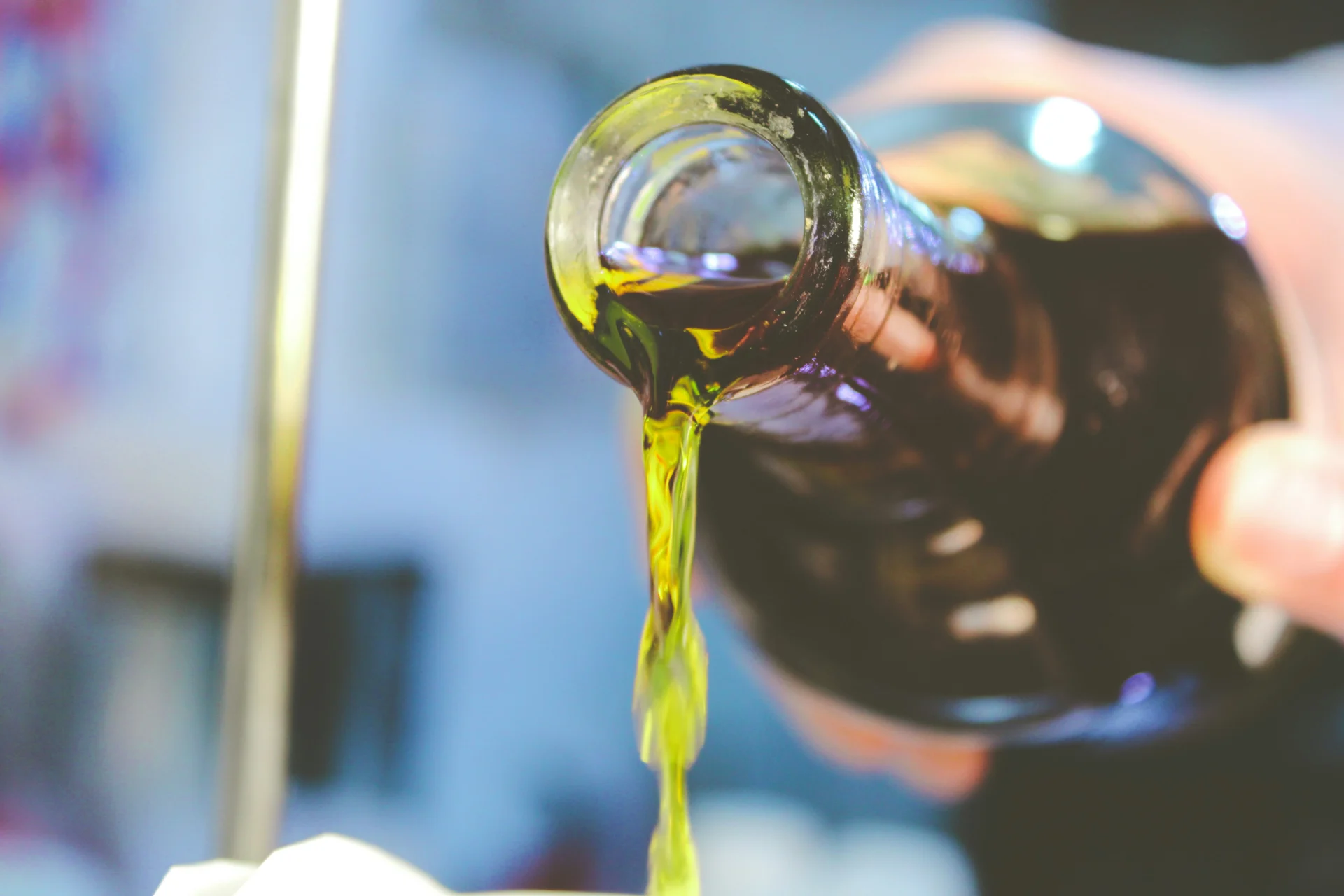DL-Penicillamine is a medication commonly prescribed for conditions such as Wilson’s disease and cystinuria. These conditions are characterized by an imbalance of copper or amino acids in the body, which can lead to severe health issues if left untreated. DL-Penicillamine works by binding to these excess substances and helping the body eliminate them through urine. As such, it plays a crucial role in managing these conditions and improving the quality of life for those affected by them.
Table of Contents:
- 💡 Commercial Applications
- ⚗️ Chemical & Physical Properties
- 🏭 Production & Procurement
- ⚠️ Safety Considerations
- 🔬 Potential Research Directions
- 🧪 Related Compounds
💡 Commercial Applications
DL-Penicillamine, also known as 2-amino-3-mercapto-3-methylbutanoic acid, has various commercial and industrial applications. It is commonly used as a chelating agent in metal detoxification processes, such as the extraction of heavy metals from wastewater and soil. DL-Penicillamine also serves as a complexing agent in the production of certain chemicals and polymers, contributing to their stability and performance.
In the realm of drug and medication applications, DL-Penicillamine is primarily known for its therapeutic use in treating Wilson’s disease, a genetic disorder that causes copper buildup in the body. The compound is effective in promoting the excretion of excess copper through urine, thereby helping to manage the symptoms of the condition and prevent further damage to organs. DL-Penicillamine may also be prescribed for the treatment of rheumatoid arthritis, due to its anti-inflammatory properties and ability to suppress autoimmune responses.
Beyond its medical applications, DL-Penicillamine has shown promise in the treatment of certain dermatological conditions, particularly those characterized by abnormal collagen formation. The compound has been used in topical formulations to help improve skin elasticity and reduce scarring, making it a valuable tool in the field of dermatology. Additionally, DL-Penicillamine has been explored for its potential antioxidant properties, which could offer benefits in combating oxidative stress and related health issues.
⚗️ Chemical & Physical Properties
DL-Penicillamine is a white crystalline powder with no distinct odor. It is known for its characteristic appearance and lack of strong smell, making it easily recognizable in laboratory settings.
With a molar mass of 149.21 g/mol and a density of 1.46 g/cm³, DL-Penicillamine is relatively low in both molar mass and density compared to common food items like sugar (molar mass of 342.3 g/mol, density of 1.59 g/cm³). This indicates that DL-Penicillamine is lighter and less dense than many everyday food items.
DL-Penicillamine has a melting point of 125-128°C and a boiling point of 250-257°C. Compared to common food items like butter (melting point of around 30°C, boiling point of 150-300°C), DL-Penicillamine has a significantly higher melting point and a slightly higher boiling point.
DL-Penicillamine is highly soluble in water and has a low viscosity. This makes it easy to dissolve in aqueous solutions and gives it a fluid-like quality. In comparison, many common food items have varying degrees of solubility in water and viscosity, but few exhibit the same level of solubility and low viscosity as DL-Penicillamine.
🏭 Production & Procurement
DL-Penicillamine is produced through several chemical processes involving the selective cleavage of the penicillin molecule. These processes include hydrolysis, desulfurization, and oxidation steps, resulting in the formation of DL-Penicillamine as the final product.
DL-Penicillamine can be procured from pharmaceutical companies or chemical suppliers specializing in the production of amino acids and related compounds. It is typically available in both powder and tablet forms for medicinal use. The compound can be transported in sealed containers to ensure its stability during transit.
Transportation of DL-Penicillamine is typically done through standard shipping methods, using appropriate packaging materials to prevent contamination or degradation. Special care must be taken to ensure that the compound remains at the appropriate temperature to maintain its stability and efficacy. It is essential to follow regulatory guidelines for the transportation of pharmaceutical substances to ensure product quality and safety.
⚠️ Safety Considerations
Safety considerations for DL-Penicillamine include potential allergic reactions, gastrointestinal disturbances, skin rashes, kidney toxicity, and bone marrow suppression. Monitoring of blood cell counts, renal function, and liver function is recommended during treatment to detect any potential adverse effects. Additionally, DL-Penicillamine should be used with caution in patients with a history of autoimmune diseases, as it can exacerbate symptoms.
Hazard statements for DL-Penicillamine include irritant effects on the skin and eyes, as well as potential respiratory irritation if inhaled. Prolonged or repeated exposure may cause skin sensitization or allergic reactions in susceptible individuals. DL-Penicillamine should be handled with care to avoid contact with the skin, eyes, or mucous membranes, and appropriate personal protective equipment should be worn during handling to minimize exposure.
Precautionary statements for DL-Penicillamine include avoiding ingestion, inhalation, and skin contact to prevent adverse effects. Handling should be done in a well-ventilated area or with the use of local exhaust ventilation to minimize exposure to vapors or dust. Contaminated clothing should be removed immediately and washed before reuse, and any spills should be cleaned up promptly according to established procedures for chemical spills.
🔬 Potential Research Directions
One potential research direction of DL-Penicillamine involves studying its effectiveness in treating various autoimmune diseases, including rheumatoid arthritis and systemic lupus erythematosus. Researchers could investigate the underlying mechanisms by which DL-Penicillamine modulates the immune system and assess its long-term safety and efficacy in managing these conditions.
Another area of interest for research on DL-Penicillamine is its role in metal chelation therapy. Studies could explore its ability to bind to heavy metals such as lead, mercury, and copper, and evaluate its potential use in managing heavy metal toxicity. Researchers could also investigate the optimal dosage and administration of DL-Penicillamine for chelating different metals.
Furthermore, researchers could explore the potential neuroprotective effects of DL-Penicillamine in neurodegenerative disorders such as Parkinson’s disease and Alzheimer’s disease. Studies could examine its ability to reduce oxidative stress, inflammation, and metal accumulation in the brain, and investigate its impact on disease progression and symptom management in preclinical and clinical settings.
🧪 Related Compounds
One similar compound to DL-Penicillamine is D-Penicillamine. This compound is an enantiomer of DL-Penicillamine, meaning it has the same molecular formula and connectivity but differs in spatial arrangement due to chirality.
Another related compound is L-Cysteine. L-Cysteine is a naturally occurring amino acid that shares structural similarities with DL-Penicillamine. Both compounds contain a thiol group, which plays a crucial role in their biological functions.
One more compound similar to DL-Penicillamine is 2-Mercaptoethanol. This compound, also known as β-mercaptoethanol or BME, has a similar sulfhydryl group in its structure, similar to that found in DL-Penicillamine. 2-Mercaptoethanol is commonly used in biochemical research and can also act as a reducing agent.








